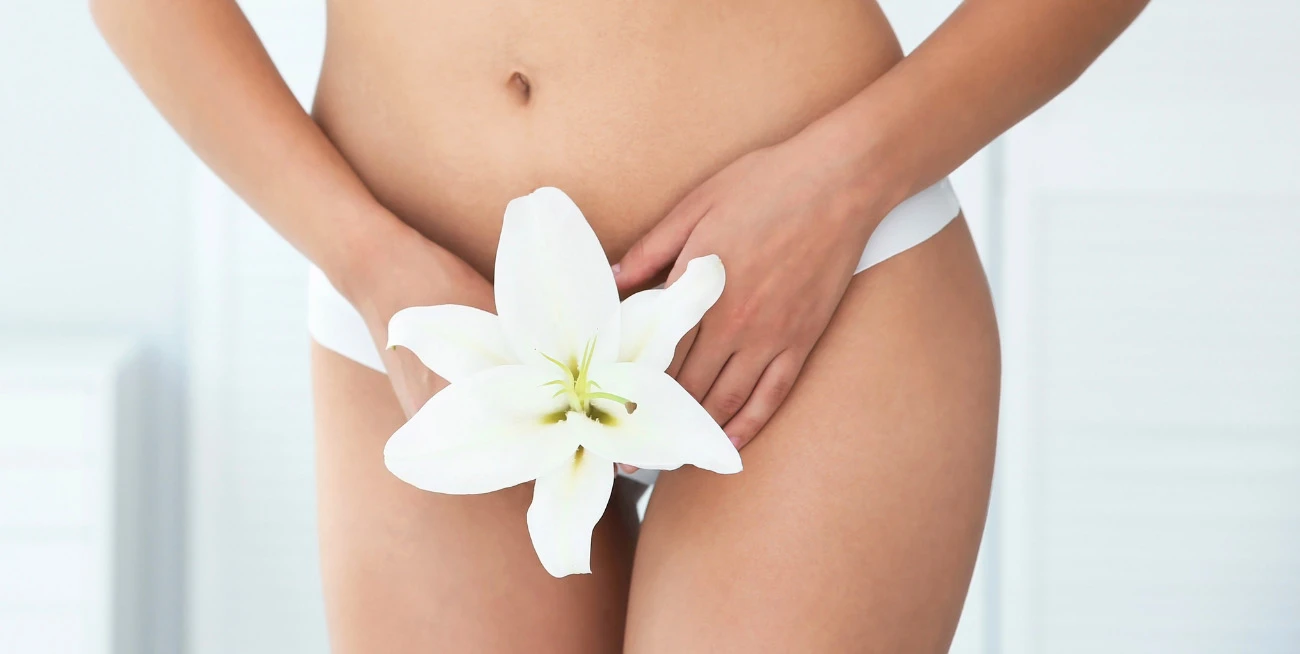
Diagnosis and treatment of STIs
STIs are infectious diseases transmitted through sexual contact. It is important to recognize their symptoms and treatment to prevent complications.
Maintaining intimate health and the vaginal microbiome is essential for preventing infections and preserving normal vaginal flora.
What is an STI?
They include viral (HIV), bacterial (chlamydia), fungal (candidiasis) sexually transmitted infections.
They negatively affect women’s and men’s health. They can cause inflammatory changes, infertility.
The risks associated with untreated infections can cause infertility, chronic inflammation and pregnancy complications. Therefore, it is very important to diagnose and treat sexually transmitted infections in a timely manner.
Main symptoms of STIs
Common symptoms for both women and men: unpleasant discharge, itching, and pain during sexual intercourse.
An asymptomatic course can lead to complications such as infertility. For example, in chlamydia, the fallopian tubes may be affected, leading to blockage.
Specific signs of certain infections:
- Chlamydia – pain, yellow or green discharge with an unpleasant odor.
- Trichomoniasis – frothy yellow/green discharge.
- Herpes – fluid-filled blisters on the skin or mucous membranes.
- HPV (Human Papillomavirus) – papillomas on the skin.
- Syphilis – ulcers on the skin and mucous membranes.
- Gonorrhea – pain during urination, purulent discharge.
Causes and risk factors of STIs
- Unprotected sexual contact is the primary risk factor.
- Having multiple sexual partners increases the risk of infection.
- Failure to follow personal hygiene rules creates favorable conditions for the growth of pathogenic microflora.
- Weakened immunity is a risk factor, as the body becomes less capable of fighting infections.
Diagnosis of STIs
STI Testing:
- swabs from mucous membranes;
- PCR tests for infections;
- bacteriological culture of discharge.
Ultrasound (USG) helps detect infection-related complications, such as inflammatory changes in the ovaries and uterus.
Sexually transmitted infection screening should be done regularly (every 6–12 months), especially after contact with a new partner or if symptoms appear.
Methods of treating STIs
The treatment of choice includes antibiotics for bacterial infections and hormone therapy if necessary.
Antiviral medications are used to treat viral infections such as herpes.
It is important to monitor treatment effectiveness and undergo follow-up tests.
Simultaneous treatment of a sexual partner minimizes the risk of reinfection.
The vaginal microbiome and its role in women's health
These are microorganisms, particularly lactobacilli, that help protect the vagina from harmful bacteria and maintain its normal acidity.
Infections can disrupt the balance of vaginal microflora. Antibiotics may destroy beneficial vaginal bacteria.
Symptoms of vaginal microflora imbalance: itching, burning, discomfort, unpleasant odor, and changes in discharge.
Restoring the microbiome after STI treatment
Probiotics for the vagina and specialized supplements help restore microbiome balance by increasing the number of lactobacilli.
A balanced diet and a healthy lifestyle support normal microflora and strengthen the immune system.
Topical products, such as vaginal probiotics, gels, and creams with lactobacilli, help maintain microbiome balance.
Preventing infections and supporting the vaginal microbiome
Barrier methods of contraception, such as condoms, protect against infections.
Regular gynecological check-ups and preventive tests help detect infections in time and prevent complications, supporting reproductive health.
To maintain a healthy vaginal microbiome, it is important to:
- use intimate hygiene products free of harsh chemical components;
- wear comfortable underwear made of natural fabrics;
- follow personal hygiene rules.
Frequently Asked Questions About STIs and Microbiome Restoration
How quickly can STIs be treated?
Can microbiome imbalance be avoided while taking antibiotics?
Which probiotics should be chosen for microbiome restoration?
How to know if the vaginal microbiome has been restored?
Timely treatment of infections and microbiome restoration are essential for maintaining reproductive health.
Consult a doctor, undergo examinations, and follow preventive measures to prevent infections and preserve reproductive health.
